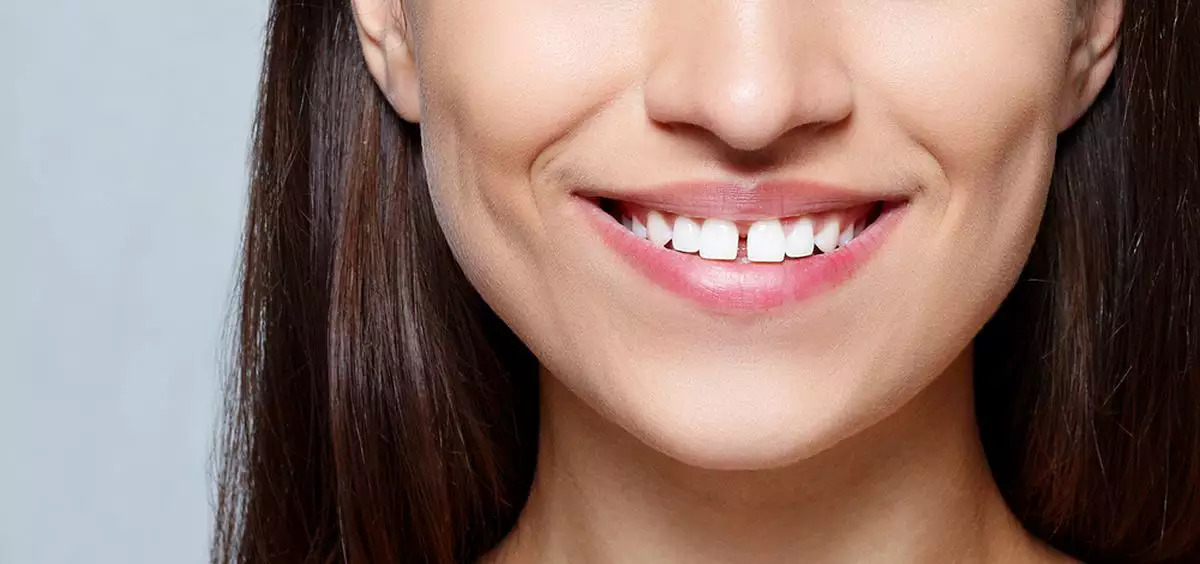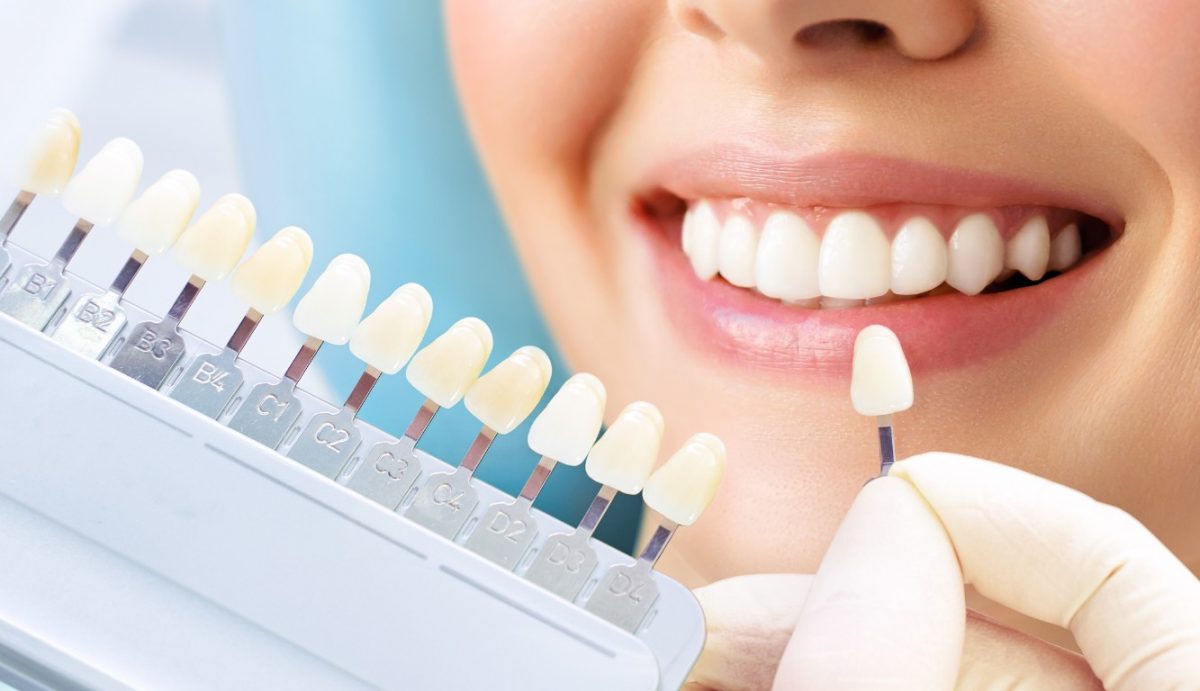Rinsing Right: The Lowdown on Mouthwash
In the realm of oral health, mouthwash often plays the role of the unsung hero, subtly complementing the daily duo of brushing and flossing. But is swishing just a minty afterthought, or does it hold a more pivotal role in our dental care routine? Here’s the scoop on mouthwash – its perks, pitfalls, and how to use it properly to keep your smile sparkling.
Beyond Fresh Breath: The Real Perks of Mouthwash
Sure, the instant reward of mouthwash is that blast of freshness, making your mouth feel as if it just went through a car wash. But its benefits extend beyond just battling bad breath. Mouthwash can be a powerful ally in fighting against gum disease, reducing plaque buildup, and even preventing cavities, depending on its active ingredients. Some formulas are infused with fluoride to strengthen enamel, while others boast antiseptic properties to combat bacteria.
Choosing Your Champion: Picking the Right Mouthwash
Not all mouthwashes are created equal, and picking one off the shelf without a second thought might not bring you the benefits you’re looking for. Alcohol-based mouthwashes can pack a punch against bacteria but may not be the best choice for everyone, especially those with sensitive mouths or a dry mouth condition. Meanwhile, fluoride mouthwashes are great for those prone to cavities but might not be necessary if your toothpaste already does the job. It’s about finding the right fit for your specific oral health needs.
Timing is Everything: When to Swish
Integrating mouthwash into your oral hygiene routine doesn’t mean just splashing it around whenever you remember. Timing can significantly impact its effectiveness. The best time? After brushing and flossing, to ensure that any loosened debris is flushed away and your mouth is left with a protective layer of whichever benefits your mouthwash provides. Morning or night doesn’t matter as much as consistency and following up with the right technique.
Technique Triumphs: The Art of Swishing
There’s a bit more to using mouthwash than just pouring, swishing, and spitting. First, check the label for the recommended amount — typically, a capful is sufficient. Pour it in, and start the clock. You’ll want to aim for 30 seconds to a minute of swishing to give the mouthwash enough time to coat every nook and cranny. And resist the urge to rinse with water immediately after; it dilutes the mouthwash’s effectiveness.
Mindful Mouthwash Use: Cautions and Considerations
While mouthwash can be a valuable addition to your oral health arsenal, it’s not a cure-all. Overuse or misuse can lead to issues like oral tissue irritation or mask underlying problems like gum disease or tooth decay. It’s also crucial for parents to supervise young children’s use to prevent accidental ingestion, which can be harmful.
Moreover, mouthwash should not be seen as a substitute for brushing and flossing. Think of it as the cherry on top of your oral hygiene routine, not the main course. For those with specific health concerns or conditions, consulting with a dental professional before incorporating a new mouthwash into your routine is always wise.
Fresh Takeaways
In the grand scheme of things, mouthwash plays its part in maintaining oral health, offering benefits that complement the foundational practices of brushing and flossing. By choosing the right type, using it at the right time, and mastering the swishing technique, you can maximize these benefits while keeping your oral care routine on point. And remember, when in doubt, a chat with your dental professional can provide personalized advice to match your oral health needs. So, go ahead, give your mouth the full treatment it deserves — your smile will thank you for it.




